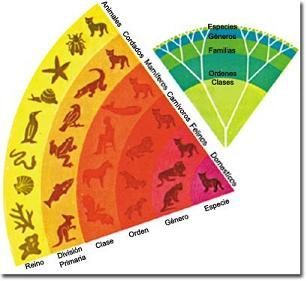 Topography is a discipline that specializes in the detailed description of the surface of a terrain. Meanwhile, for this, it deals with studying in detail the set of principles and procedures that facilitate the graphic representation of the forms and details that a surface in question presents, whether they are natural or artificial.
Topography is a discipline that specializes in the detailed description of the surface of a terrain. Meanwhile, for this, it deals with studying in detail the set of principles and procedures that facilitate the graphic representation of the forms and details that a surface in question presents, whether they are natural or artificial.
Discipline that specializes in detailing land surfaces in order to facilitate their graphic representation
This type of representation is carried out on surfaces with flat characteristics, limited to small areas of land, the larger areas are occupied by the Geodesy.
Utility and applications
The topographic discipline turns out to be of enormous utility for such sciences as architecture, agronomy, geography and engineering. For example, the application of concepts of geometry for the description of physical reality turns out to be of enormous importance at the behest of agricultural activity and in the construction of buildings.
Meanwhile, topography will require double-dimensional work, because in the first instance it will be necessary to visit the land in question in order to analyze it with the appropriate instruments; and then, in a next stage of the work, it will be essential to transfer the data obtained in the first person in the place, to a cabinet or laboratory to be interpreted and later be able to dump them on the maps.
The surveyors, who are those professionals who deal with surveying, they normally work with two-dimensional systems on the x and y axes, meanwhile, the height supposes a third dimension. The elevation of the terrain in topographic maps is reflected through lines that connect with a reference plane and are known as contour lines.
For its part, the total station It is a device that allows the measurement of horizontal, vertical angles and distances. Once the coordinates of the place where the station was installed are known, the three-dimensional coordinates of any point being measured can be determined. Once the coordinates are processed, the surveyor can begin to graphically represent the details of the surface.
Particular characteristics of a terrain
On the other hand, the concept is used to refer to the series of particular characteristics that a terrain presents in its superficial configuration.
This sense of the concept is usually also called with the concept of relief.
Types of relief and how they are formed
The relief is the characteristic irregularity of a given land surface and that can be manifested through mountains, valleys, plains, among other types.
The knowledge of the reliefs has a tremendous relevance for the practice of some activities since, for example, primary production will depend very much on the soil and climate conditions of a given area to be able to be exploited in a compliant way.
Our planet has a wide variety of forms that make it very rich in different landscapes that in themselves constitute a unique and unrepeatable visual spectacle.
The formations that we mentioned before were generated from different geological processes that our planet suffered from time to time.
Mountains are the result of the collision of tectonic plates.
The plateaus, on the other hand, start like mountains but erosion removes those sharp peaks that are characteristic of the mountains, leaving the elevation, but rather flat.
In the case of the valleys there is also a link with the mountains since it is the space that arises between them.
And the plains are possible due to the absence of the tectonic force that does not precisely act in the area in which they are formed and that is why the terrain remains flat. Also added to this is the continuous erosion that leaves sediments that are transported by water or by winds.
Our planet today does not look the same as it did millions of years ago. Even the continents of today did not exist before.
It has been the collision of the various tectonic plates that generated the separation and the appearance of the continents.
Of all this and more, the topography proposes explanations and analysis, which then, as we have already said, helps in the development of economies, in the establishment of infrastructures, among others.









